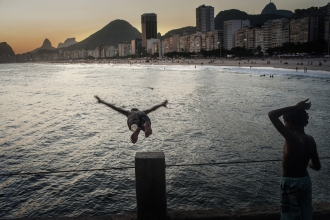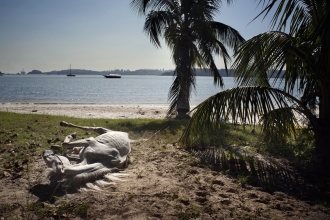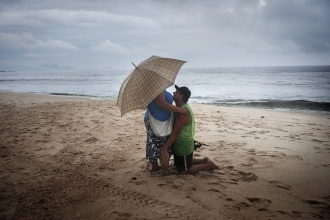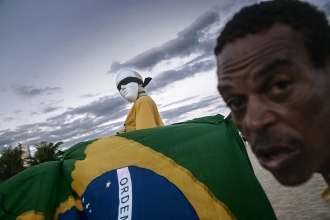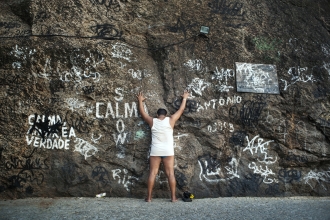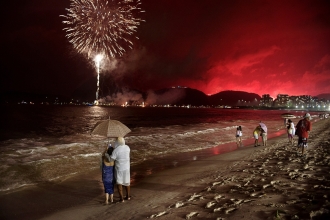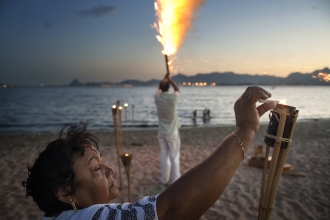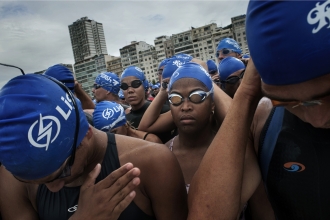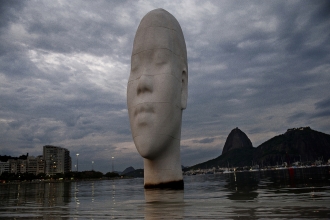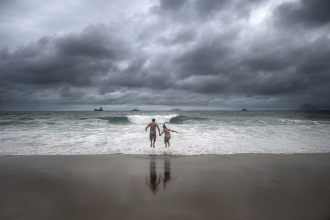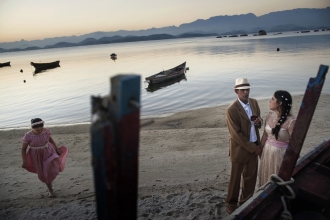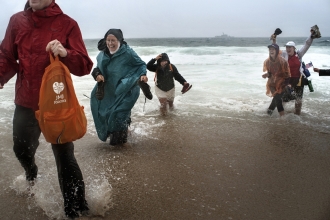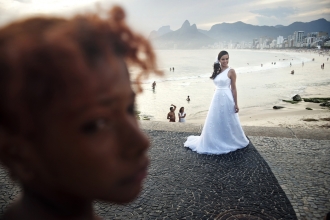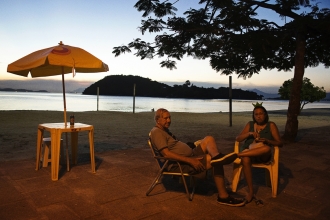voltarTHE THIN CITY chap. II
“Thin city” is a photographic project that investigate the relationship between men and the city at the start of the millennium. World population living in urban centers reached 54%, increasing from the 746 millions of 1950 to the 3,900 millions of 2014. This number will increasingly grow in the next decades, making the cities the undisputed final destination of the XXI century. As highlighted in a recent United Nations report, it is in the cities that the future challenges for a sustainable future will take place. Urban space, with its large scale public structures, roads, buildings and parks, creates a living system that dictates behavioral and conventional rules that the individual has to submit to. But, if on one side the physical component of a city influences the response of the individual in a social, political and economical sphere, on the other it fails to explain the basic reason that moves populations towards urban centers everywhere.The fundamental drive, that generates this common desire for urban life, is an ancient and simple human desire. The desire to reunite, to participate and to live together. As cities rapidly transform themselves, losing their capability to stratify a collective historical memory, the desire of living together is still a strong element of unity and continuity. A field of confrontation in which political, social and racial differences require new human negotiations. In 1983, Italo Calvino mentioning his book, “Invisible cities”, written 11 years before, said:” We are probably now approaching a crisis in urban life, where invisible cities are a dream born from the heart of unlivable cities”. This is the spirit that guided my research.
Gallery
